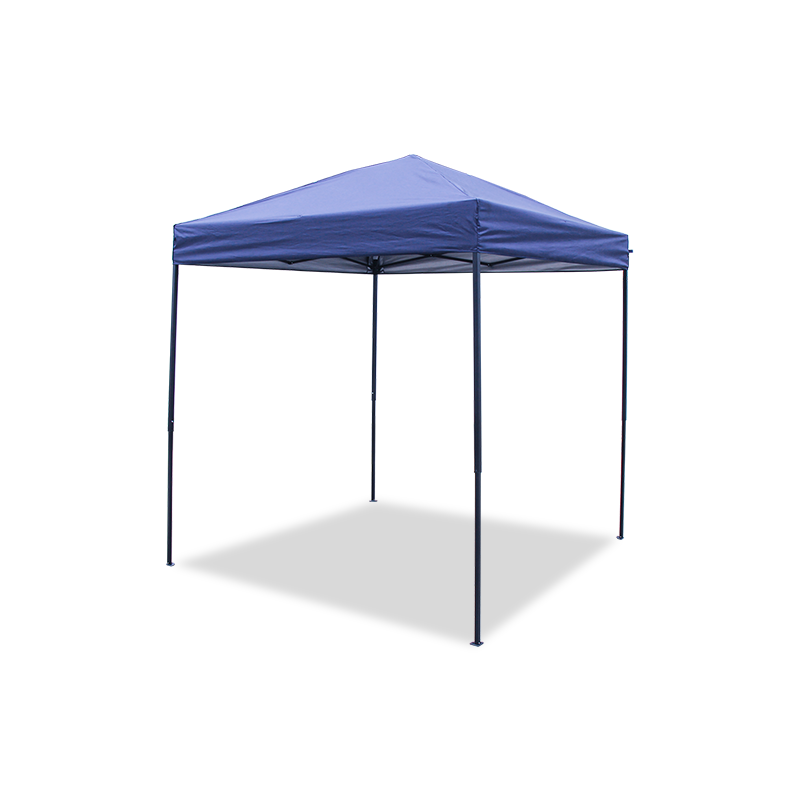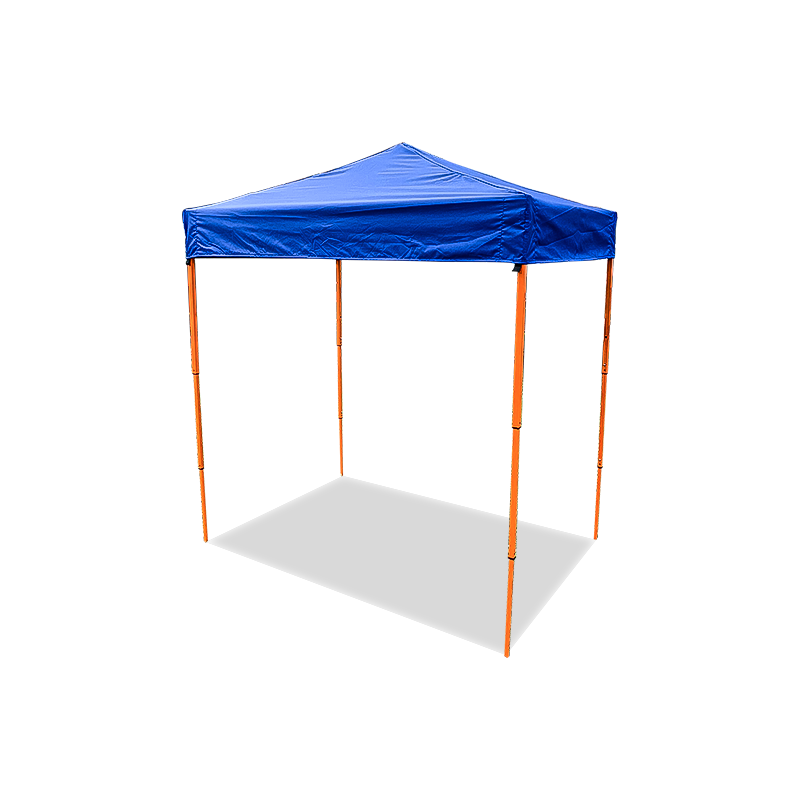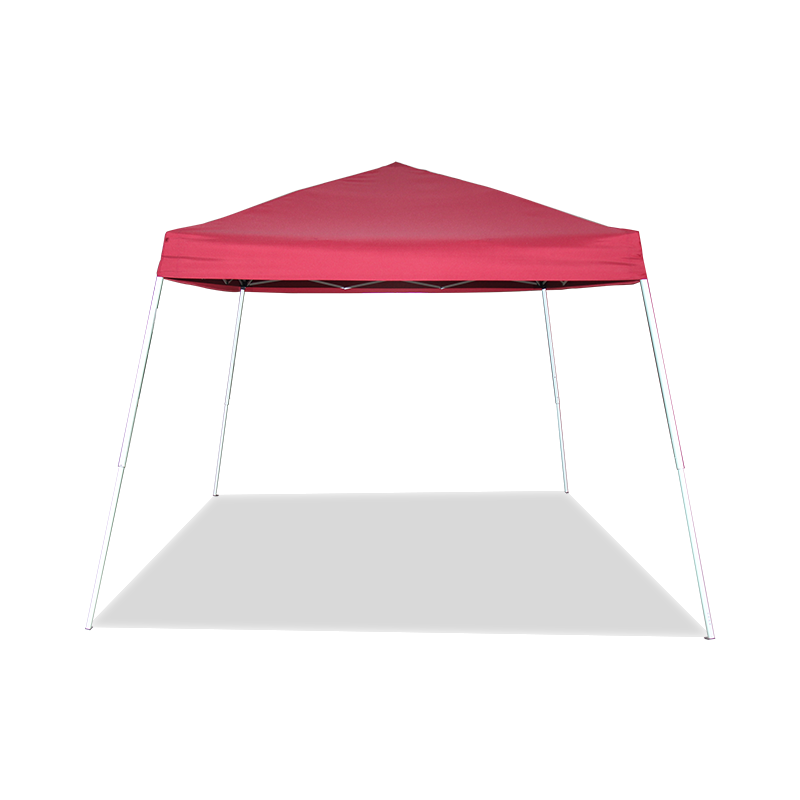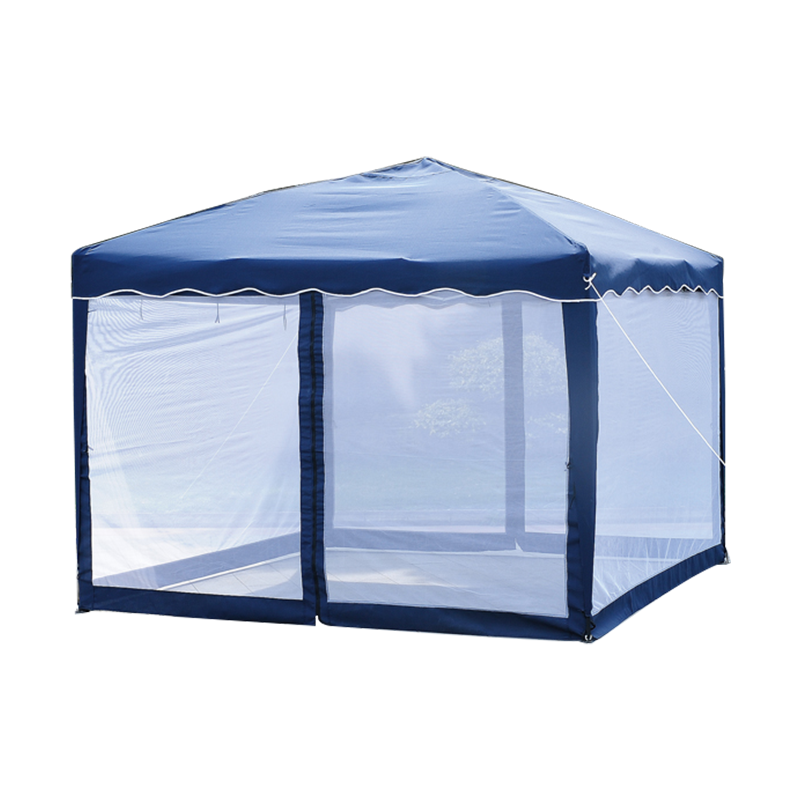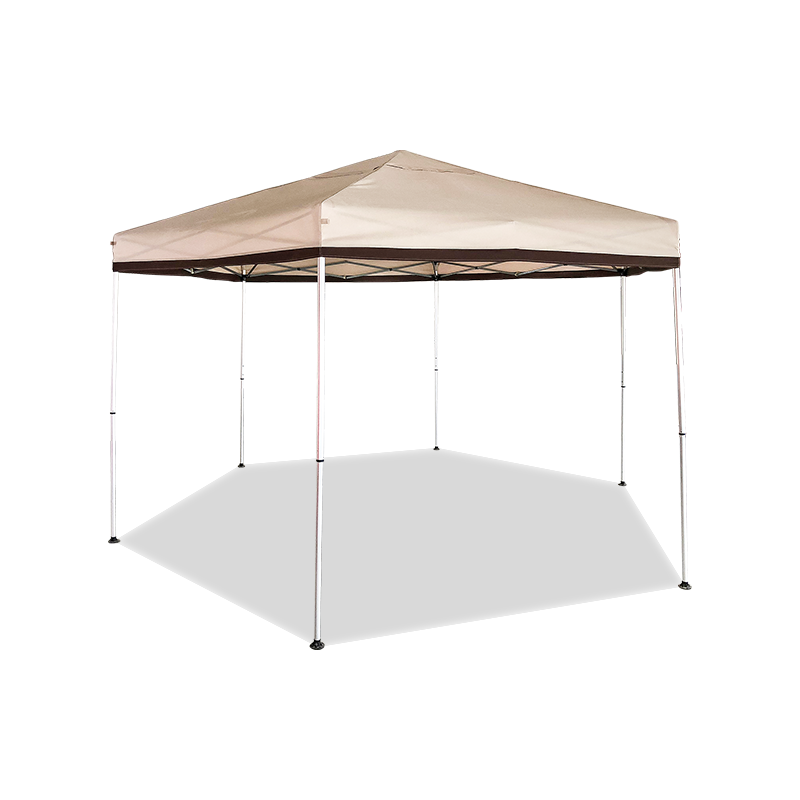Customer expresses intent; Communicate between the two parties; Provide analysis reports to customers; Reach a cooperation intention.
Portable gazebos are commonly made from a variety of materials, each with its own characteristics that can affect the gazebo's durability, performance, and overall appearance. The choice of material can impact factors such as weight, weather resistance, longevity, and ease of maintenance. Some of the typical materials used for portable gazebos include:
Steel: Portable gazebos with steel frames are sturdy and durable, providing excellent support for the canopy. Steel frames are generally heavier than other materials, which can make transportation and setup slightly more challenging. However, they are strong and stable, making them suitable for long-term use in various weather conditions.
Aluminum: Aluminum is a popular choice for portable gazebos due to its lightweight nature, making setup and transportation easier. Aluminum frames are resistant to rust and corrosion, but they may not be as robust as steel frames. They are well-suited for occasional use and fair weather conditions.
Polyester or Nylon Fabric: The canopy of portable gazebos is often made from polyester or nylon fabric. These materials are lightweight, water-resistant, and provide some UV protection. They are easy to clean and maintain. However, they may not be as durable as more heavy-duty materials like canvas.
Canvas: Canvas canopies offer better durability and resistance to wear and tear compared to polyester or nylon. Canvas is a natural material that provides better UV protection and can withstand harsher weather conditions. However, it may be heavier and may require more maintenance.
Polyethylene (PE) or Polyvinyl Chloride (PVC) Fabric: These synthetic materials are commonly used for waterproof canopies. They offer good water resistance and are easy to clean. They are suitable for protection against light rain but may not be as breathable as natural fabrics.
Plastic or Composite Components: Some portable gazebos may have plastic or composite components, such as connectors, feet, or joint parts. These materials are generally lightweight and resistant to weather, but they may not be as durable as metal components.
The choice of materials in portable gazebos is often a trade-off between weight, durability, and price. Steel and aluminum frames are generally more robust but heavier, while lightweight materials like polyester or nylon offer easier portability but may have shorter lifespans. Canvas canopies provide better protection but may come with increased weight and maintenance requirements.
It's essential to consider the intended use and environmental conditions when choosing a portable gazebo material. For occasional use in fair weather, lightweight materials may suffice, but for frequent or long-term use in various weather conditions, more durable and weather-resistant materials are recommended. Regular maintenance, such as cleaning and proper storage, can also prolong the lifespan of a portable gazebo, regardless of the material used.

 English
English Español
Español